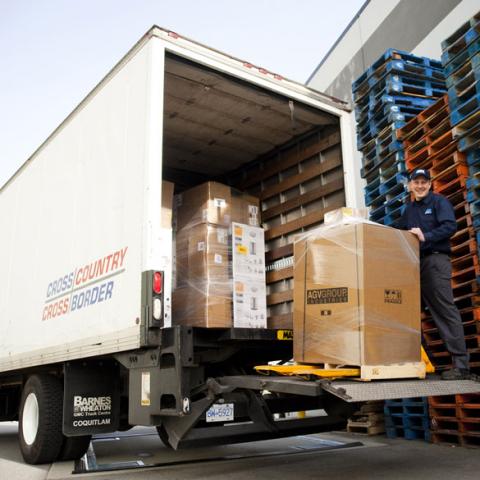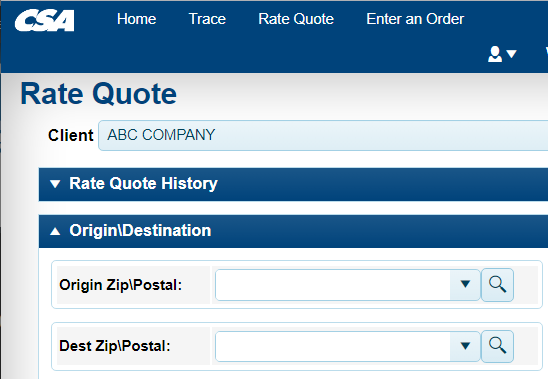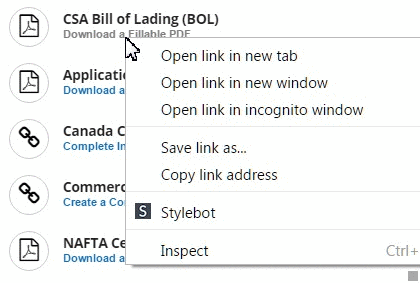Updating Your Systems? Anticipate Murphy’s Law
The installation of a new computer system at the Port of New York and New Jersey has caused big delays in the movement of much cargo on the East Coast, and has illustrated a number of important lessons for any LTL freight companies looking to update their systems.
While making sure that your system is up-to-date enough to handle the volume of shipments you are sending and receiving is important, updating the newest, shiniest warehousing and pallet shipping technology can be a headache if you don't have a contingency plan in place in case the installation doesn't go smoothly.
In the Port of New York and New Jersey, for instance, the delays were caused by one of the port operators, Maher Terminals. Maher and Navis LLC supplied the operating system that was updated, which was intended to track containers of goods as they were offloaded from ships and transferred to trucks or trains. However, the updates caused several system components used in the container yard to cease interacting properly, leaving millions of dollars' worth of shipments delayed and even inaccessible in the port.
In response to the situation, Maher Terminals has rerouted a number of arriving ships to nearby ports in Baltimore, Montreal, and elsewhere, and have scaled back the use of the automated components unit the flow of goods returns to normal, at which point the components will be carefully scaled back in.
Retailers, in the meantime, have been paying trucking companies to retrieve their goods from other ports, and have found themselves logged with fees to compensate for the increased time and trouble; seasonal goods stuck in the jam have missed their window of distribution opportunity. So what can your organization learn from the fiasco at the Port of New York and New Jersey?
1. Start with a backup plan
Make sure that your backup plan isn't just a band-aid for the time that you anticipate implementing the new software or hardware-- make sure your backup plan is comprehensive enough to keep things running at close to full capacity for as long as necessary.
2. Implement a little at a time
Instead of switching out all the computers at your warehouse all at once, for example, go through one department at a time, beginning with systems that are least crucial and finishing out with your most important systems. This will give you an opportunity to familiarize yourself with any bugs or bumps in the process.
3. Don't make a switch right before peak season
Do you know you have a busy season coming up? Don't make the switch right before busy season, just in case everything goes amok. Instead, pick a slow time of year where you have several months' padding-- perhaps right after your busy season, or during another lull.





